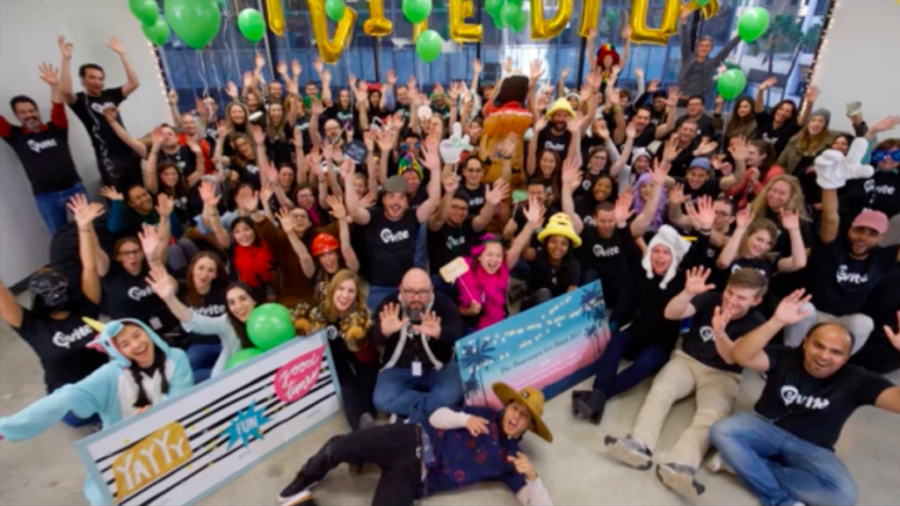At the recent Collaborative Gain Councils meetings in San Francisco we were honored to have Ellen Pao as one of the General Sessions keynote speakers. Executive, investor, board member – and now a leader in the global movement for inclusion and diversity.
By having Ellen speak we hoped to inspire our members to look critically at their own workplaces and think how they could improve diversity and the experiences of women and minorities. So we were thrilled when one of our members, Victor Cho, CEO of Evite, told us that he’s already working to do just that.
Victor’s aim is to make Evite 60% female – an ambitious but incredibly important goal.
We asked Victor and Kristy Gharabally, Evite’s Director of Business Development and Corporate Communications, to lead a webinar for our members who want to put diversity hiring and retention practices into place.

Broadly, Evite’s goal (and what your goal should be) is to create an environment where diversity can thrive. While a 60% female workforce is a great goal to strive for, it’s not necessary to aim for a hard number – and hiring quotas can often do more harm than good. What’s most important is to build and foster a workplace where:
- Differing opinions are respected
- Hiring and promotions are holistic and transparent
- Open, honest conversations can be had
So, how do you create such an environment?
Divergent decision-making
Victor and Evite use the TIDE decision-making framework:
- Target: define your end target
- Ideation: explore alternatives
- Decision: make the call
- Execution: deliver the results
This framework isn’t unusual, but most people tend to skip over Step 2, Ideation. That’s where diversity comes in. Instead of Victor saying, “Go do this,” all employees are encouraged to share their ideas for how to achieve the end target. There are no bad ideas, and creativity is encouraged. Broad, outside-the-box ideas are then narrowed through a collective brainstorming process until consensus is reached.
Without a diversity of opinions and backgrounds at the table you’d never get the diversity of ideas that is so crucial to this process.
Holistic hiring and promotion
Evite hires and promotes based on a much broader set of criteria than is traditional. Beyond just how much coding experience a candidate has they also evaluate interpersonal communications skills, team-player tendencies, strategic thinking abilities, and leadership skills.
This approach prioritizes the “soft” skills that may get overlooked in traditional hiring and promotion processes. It also serves as a corrective for the fact of institutionalized gender discrimination, leveling the playing field for candidates who may not have been accepted into the top programs or weren’t able to get ahead at their previous company.
Explicit (sometimes uncomfortable) conversations
Hiring is one thing, but building a truly diverse workplace is a long, ongoing, sometimes awkward journey. It starts with looking around you and listening to your colleagues – does everyone in the boardroom look like you? Do working parents struggle with unrealistic demands on their time?
As an individual leader, you can start by truly listening to your colleagues – a trait we wholeheartedly believe in here at the Councils. Don’t dismiss other people’s experiences just because they aren’t your own, and commit yourself to having open, straightforward conversations about sometimes touchy subjects. You’ll be a better leader as a result, and you’ll help to create a safer, more inclusive workplace.
Interested in participating in future webinars about building better teams and companies? Set up a quick call to learn more about how the Councils can help you grow as a leader.